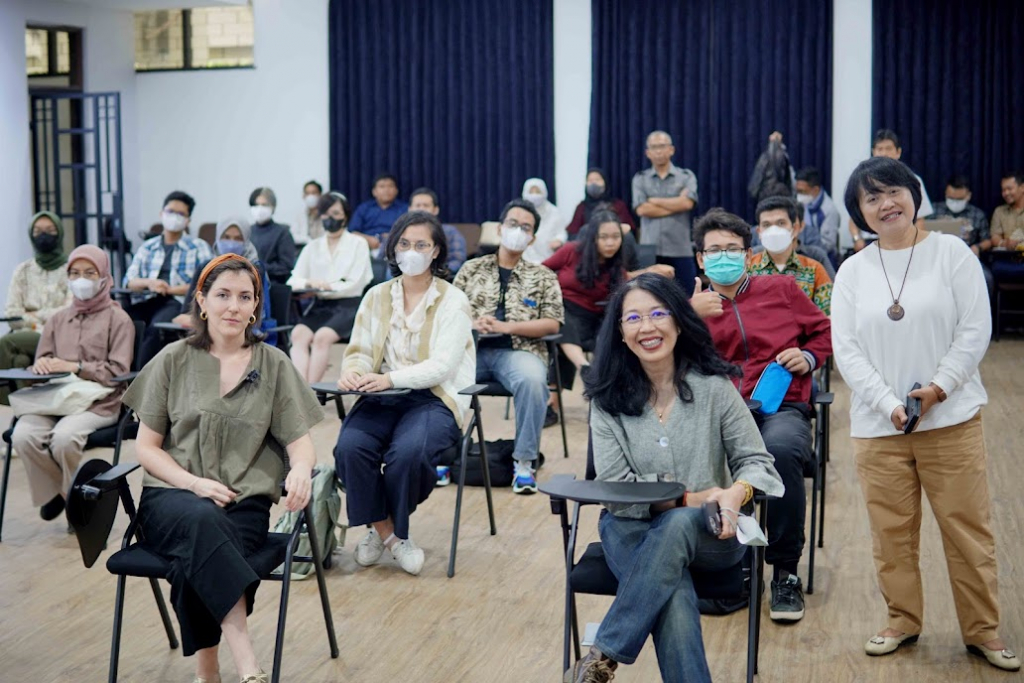
Dr. Mathilde Mechling from Universite Sorbonne France as a Guest Speaker at the History Study Program of FIB Unpad
“An Introduction to Buddhist and Hindu Bronze Sculpture in Southeast Asia: Examples From Indonesia, Cambodia, and Thai-Malay Peninsula”
On Monday, November 8th, a Guest Lecture was held by the History Program, Universitas Padjadjaran. The activity was officially started by the speech of the Dean of the Faculty of Humanities, Prof. Aquarini Priyatna, M.A., M.Hum., Ph.D. and attended by more than 100 hybrid participants. The lecture theme was “An Introduction to Buddhist and Hindu Bronze Sculpture in Southeast Asia: Examples From Indonesia, Cambodia, and Thai-Malay Peninsula” presented by Dr. Mathilde Mechling. Dr. Mechling is a graduate of the Doctoral program in Languages, Civilizations, and Asian Societies in 2020 at Universite Sorbonne Nouvelle, France and Leiden University, the Netherlands.
Her research centred on Hindu and Buddhist bronze statues in the Indonesian Archipelago. In the activity that took place around 10.00 to. 11.30 WIB, Dr. Mechling explained the composition of bronze forming material for making Hindu-Buddhist statues, models of how Hindu-Buddhist statues are made, and the findings of inscription plates embedded in the pedestals of Buddhist bronze statues. In addition, the placement of bronze statues in temple niches, features of statues that have similarities in reliefs found in temples, and a comparison of bronze carving styles from Southeast Asia, especially Indonesia, India and Sri Lanka, are also explained.
Dr. Mechling explained in detail how to determine the time periodization of bronze statues, which can be done by observing the details of decoration and ornamentation and comparing the style of carving on other bronze statues. Dr. Mechling mentioned that there are problems when determining the origin of bronze statues because they are usually small, so they are easy to carry and move.
Lastly, Dr. Mechling explained that Southeast Asia was not always the region that received the influence of the Indian carving style and it is possible for the other way around: Southeast Asia influenced the Indian carving style. After Dr. Mechling finished his presentation, the event continued with a brief presentation on Hindu-Buddhist bronze sculptures from Indonesia by Dr. Etty Saringendyanti, M.Hum who is a lecturer and also an archaeologist from the History Study Program, Universitas Padjadjaran. The activity was continued with questions and answers from the participants to Dr. Mechling before it got officially closed.
Writer: FIB Media Team
Translator: Firda Khoirunnisa









